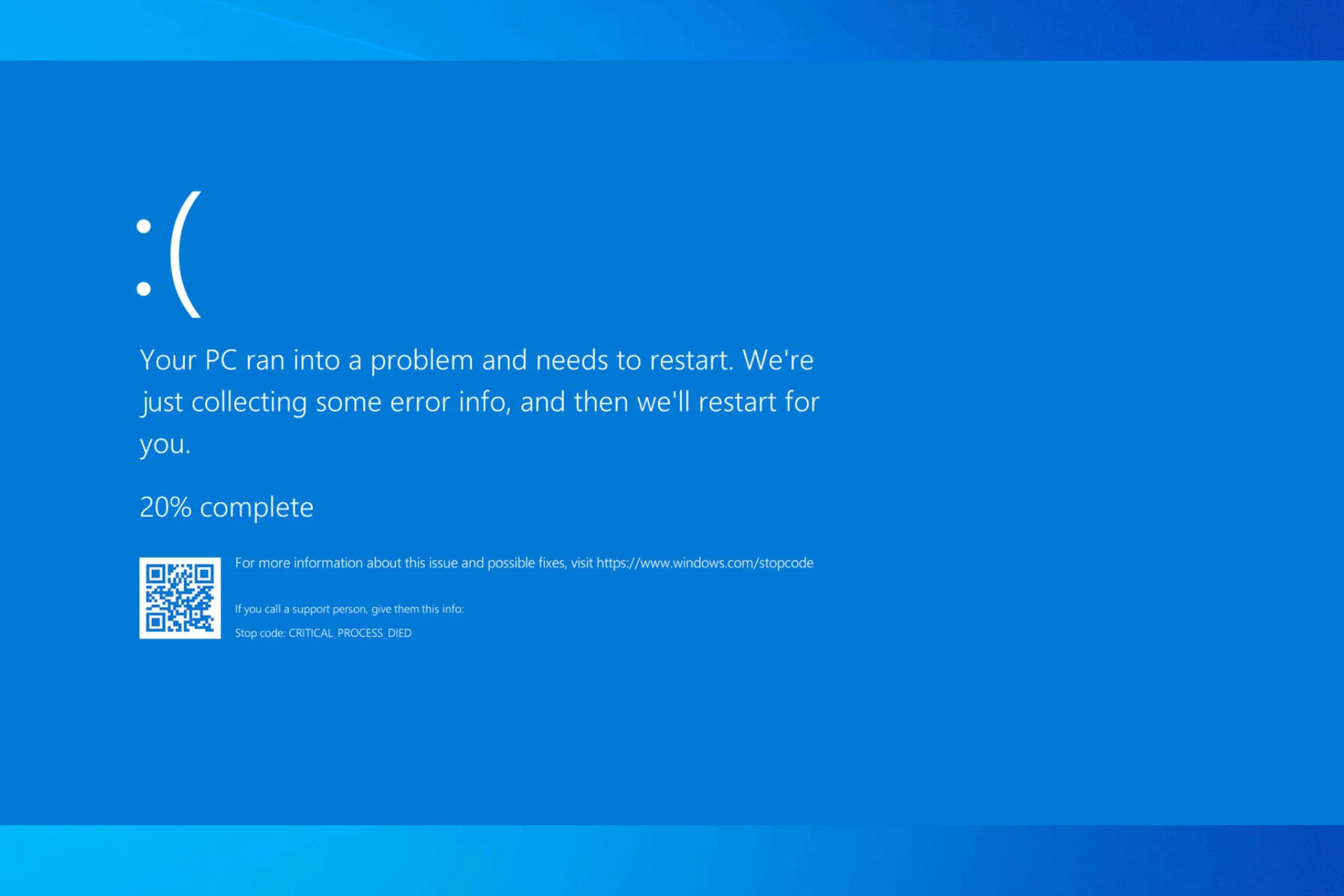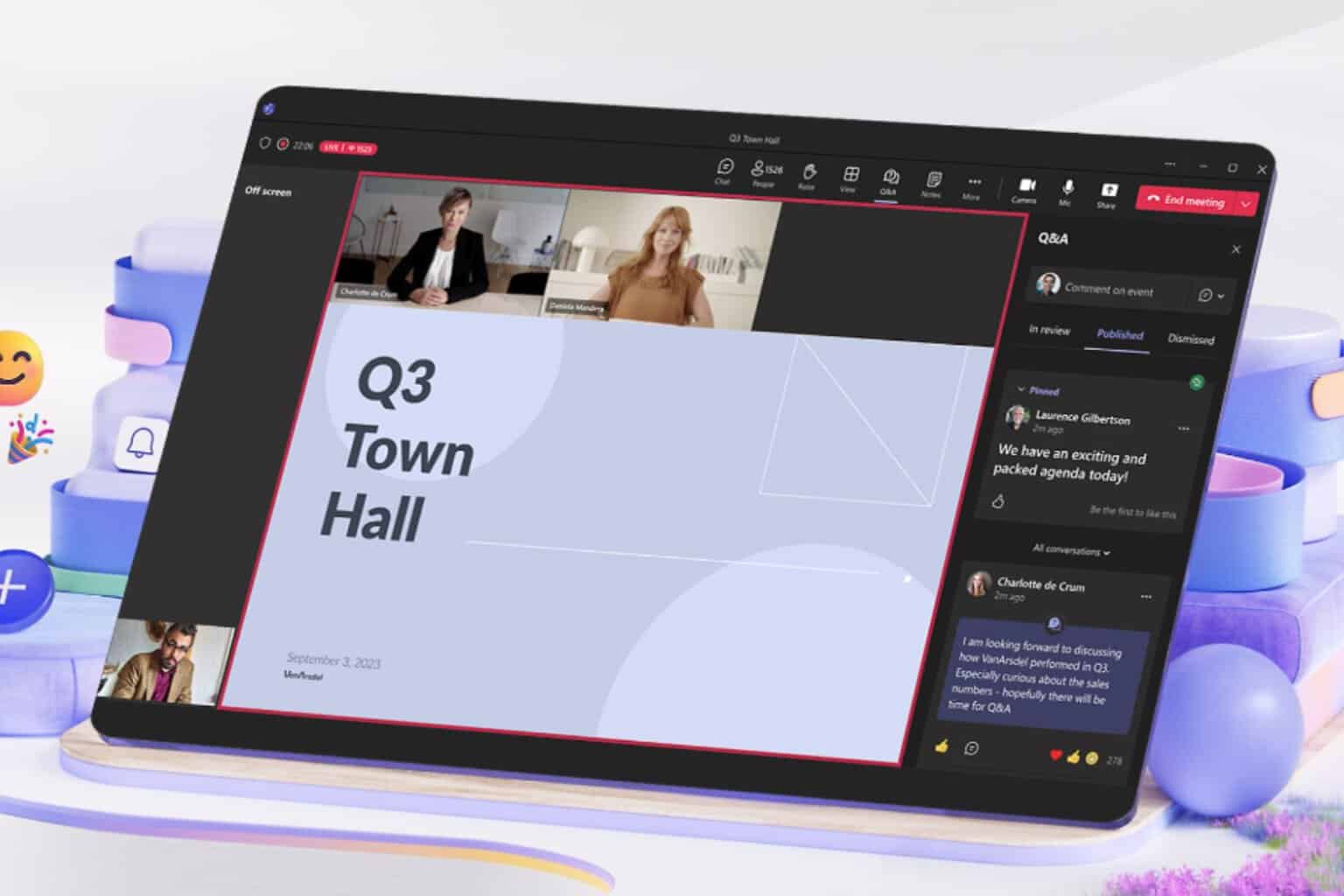How to create a Windows 10 installation media with support for UEFI-based PCs
2 min. read
Published on
Read our disclosure page to find out how can you help Windows Report sustain the editorial team. Read more
Tomorrow is the big day, as it is the day when Windows 10 becomes publicly available to everyone as a free upgrade for users of Windows 7 or 8.1, or for purchase for everyone else. While many users will likely upgrade their system and replace their current version of Windows, other users will feel more comfortable and safer dual-booting their operating systems. In this post, we’ll show users how to install Windows 10 onto a USB stick to install on a UEFI-based PC.
If you’ve got no idea what UEFI is, it’s the new replacement of BIOS, which is the firmware that starts the computer and loads the operating system. Almost all of the newer Windows 8 PCs come with it.
If you’d like to create a recovery media from your currently installed Windows 10, be sure to follow the guide on this post right here. Otherwise, you can just download a Windows 10 ISO image.
- The first thing you need is to download the Rufus USB image writer. It is a standalone utility, so there’s so there’s no installing this program. Instead, use the software right as soon as you open it.
- Once you’ve opened Rufus up, select the USB drive you want to create your recovery drive from. Select GPT partition scheme for UEFI, but leave the cluster size to default. Be sure you have Create a bootable disk using ISO Image selected from the drop down menu.
- Finally, add the Windows 10 ISO file you want written to the USB, and then click Start to finish.
That’s it! Now all you have to do is boot from the USB stick with the Windows 10 installation and then follow the onscreen instructions to either replace your current operating system or install alongside it.
Hopefully, Windows 10 will be stable enough so that you don’t feel you have to dual-boot two versions of Windows onto one computer. But it never hurts to be safe, just in case of things do end up going poorly for unforeseen reasons.









User forum
0 messages